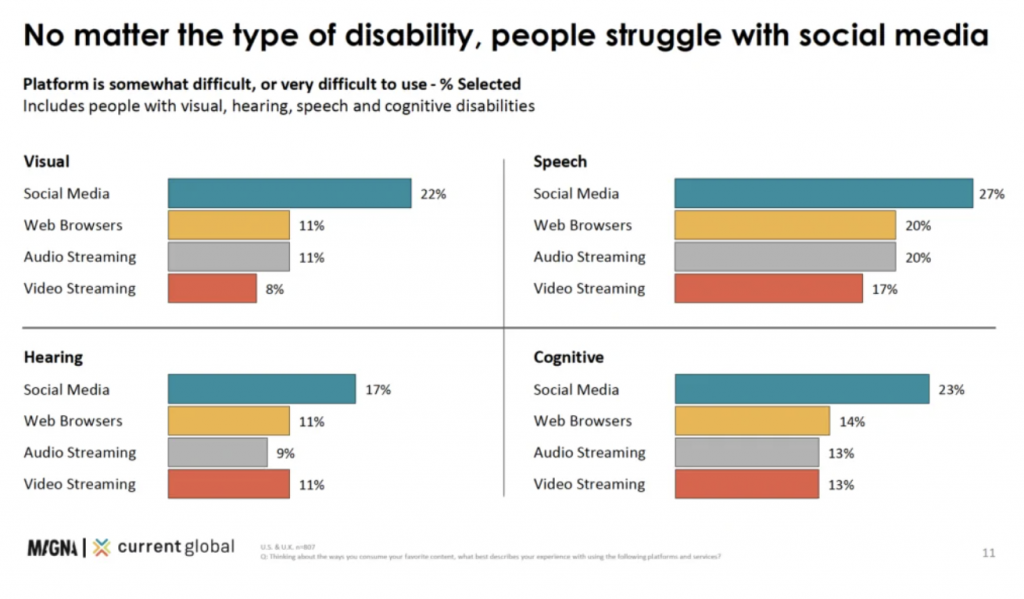By Jeanine Poggi, published by AdAge
Agency pledge comes as ad world looks to diversify its media spend in this spring’s ad haggle
IPG Mediabrands is committing to invest a minimum of 5% in Black-owned media across all of its clients in aggregate by 2023.
This comes as brands and their agencies reevaluate their media spend heading into this year’s upfronts, with plans to shift dollars into minority-owned media companies that have long been overlooked.
Black-owned media companies, led by media mogul Byron Allen, have rallied together in recent months to call for brands to spend a minimum of 2% of their ad budgets in Black-owned media.
Mediabrands’ commitment to invest 5% in aggregate leaves room for clients to spend more or less, depending on the extent to which they are already working with these media companies.
Black-owned media companies represent less than 2% of total spend in 2020, according to Nielsen Ad Intel, despite Black consumers representing 13% of the population. Black consumers also represent $1.4 trillion in buying power. In 2021, IPG’s Magna estimates the available impressions for Black-owned media equated to 3% of total impressions available across all media types.
“The time is past due to embrace the opportunities to connect with influential audiences through Black-owned media,” Daryl Lee, global CEO at Mediabrands, said in a statement. “Innovation and growth are flourishing across Black-owned media outlets, providing brands with deeply authentic ways to reach diverse audiences in a supportive, meaningful manner. We are excited to be adding our voice to a growing industry conversation in support of greater diversity and equity in media spend.”
One hurdle in getting brands to invest in minority-owned media companies has been the lack of Nielsen measurement and deep analytical tools that brands have come to expect and rely on from media sellers. There’s also been concern regarding scale.
But it’s been a bit of a chicken-or-egg scenario: Advertisers don’t invest in these outlets, which in turn means they have less dollars to invest in content to grow audiences or build more sophisticated ad products, continuing the cycle.
Breaking the Patterns
The goal this year is to break those patterns. Mediabrands’ commitment is aimed at investing in these companies to help them build their reach, which in turn can help advertisers better connect with more diverse audiences.
Elsewhere in the industry, General Motors announced last month that it would dedicate 4% of its advertising budget to Black-owned media by 2022 and 8% to 2025 after its CEO Mary Barra was called out by Black-owned media executives for refusing to meet with them.
Verizon also said it would commit at least 2% of its ad budget with Black-owned media as part of its new responsible marketing action plan.
Mediabrands recently held its Equity Upfront, highlighting Black-owned media companies including Urban One, ReachTV, Revolt, The Source, Blavity, Ebony and Essence, and their audiences to clients.
“Our Magna analysis unearthed a rapidly growing universe of available impressions reaching highly sought-after Black audiences. We have been working with our clients to match client business goals with the authentic reach and engagement of these properties,” said Dani Benowitz, president, U.S., of Magna, Mediabrands’ global media investment and intelligence company. “We are confident that embracing a new framework for equity investment in media will deliver tangible returns for our clients and provide opportunities to redefine a media ecosystem where all audiences feel welcomed and included.”
The agency will continue to host monthly equity session that present content and marketing capabilities of Black-owned media across channels. It will also host session for Asian American and Pacific Islander, Hispanic and LGBTQ+ identifying media companies.
